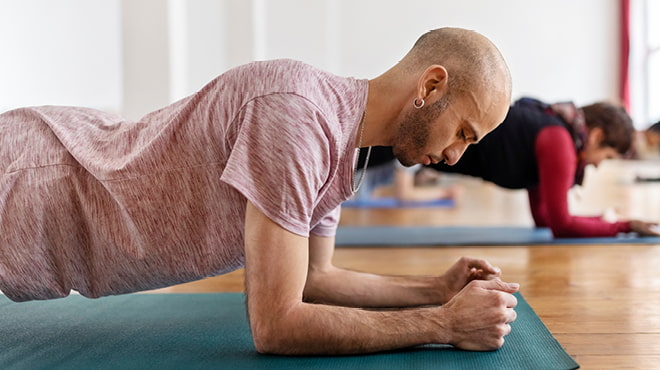Recent Posts
Interval training for heart health

When it comes to exercise, what's best for your heart: slow and steady or fast and furious?
How about a combination of both? Interval training — alternating short bouts of higher-intensity effort with longer bouts of less-intense activity — has big benefits for your heart. Interval training makes your heart alternate between working hard and recovering.
The benefits of doing this work-and-recovery pattern multiple times in a single workout include:
- Improving cardiorespiratory fitness, increasing your body's ability to consume oxygen by making your heart and lungs stronger and more efficient.
- Increasing the efficiency of your body's energy systems.
- Promoting preservation of lean muscle while promoting fat loss.
- Shortening the length of your workouts by producing the same output in a shorter amount of time.
If you have a health condition, consult your health care team before increasing or changing your exercise routine. If you are starting an exercise program, wait at least two weeks before adding interval training to your routine.
Interval training plan
To try it yourself, follow this 20- to 40-minute plan, adapted from Mayo Clinic:
- Walk slowly, working up to a moderate pace for five minutes.
- Increase your speed so you're walking briskly.
- After five minutes of brisk walking, increase your speed to jog or walk faster, or add a grade on the treadmill for 30 seconds to two minutes.
- Once it gets difficult or your breathing becomes heavy, slow down to walking at a moderate pace for one to three minutes.
- Repeat steps two, three and four for 10 to 30 minutes.
- To cool down, walk at a slower pace for five minutes.
If you're already a runner, alternate jogging and sprinting in steps 2 to 4.
For general fitness, aim for at least 30 minutes of moderate aerobic exercise most days of the week. To add interval training to your exercise routine, substitute two to three days of interval training for your regular workout.
For optimal heart health, also add two to three days of strength training a week. If you do the correct amount of exercise, you should feel good when you finish your workout.
Get more information about fitness:
- Learn how to measure exercise intensity.
- Include these five elements of fitness into your routine.
- Get a 5K run/walk seven-week training schedule for beginners.
- Find fitness classes and articles.
Melinda Hahm is a clinical exercise physiologist in Cardiology in Eau Claire, Wisconsin.




